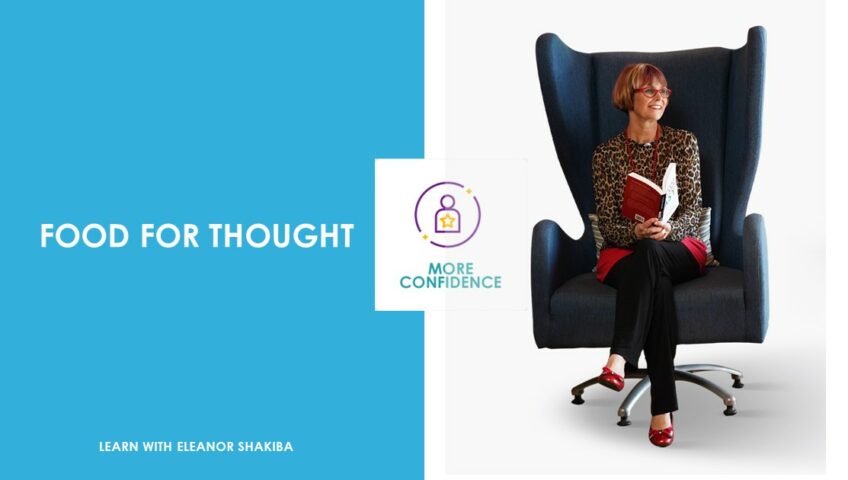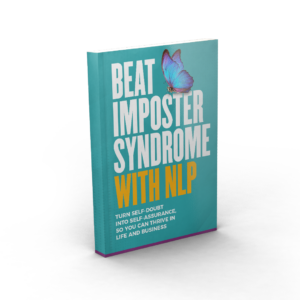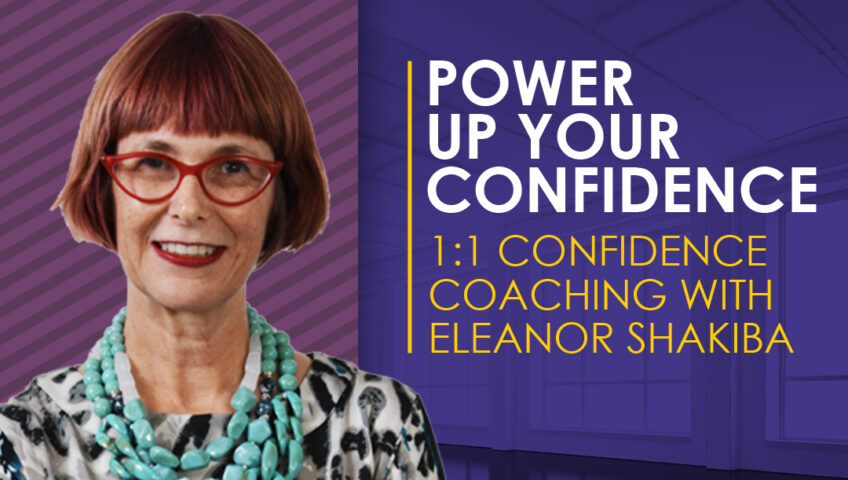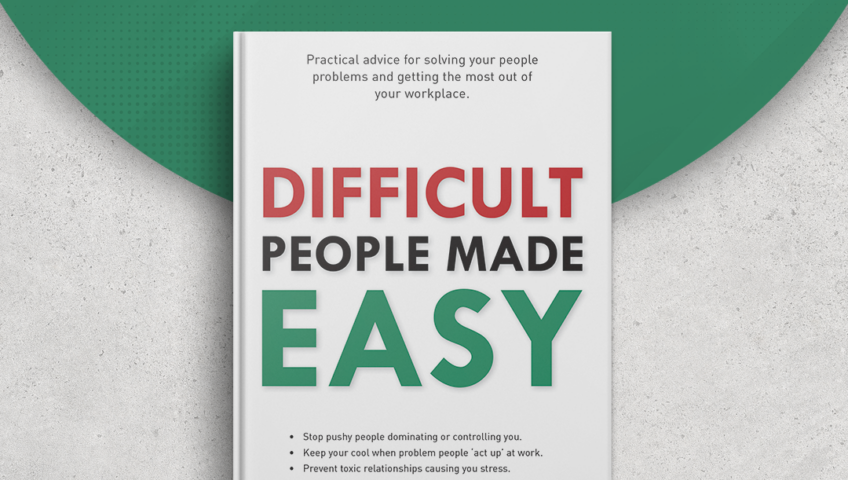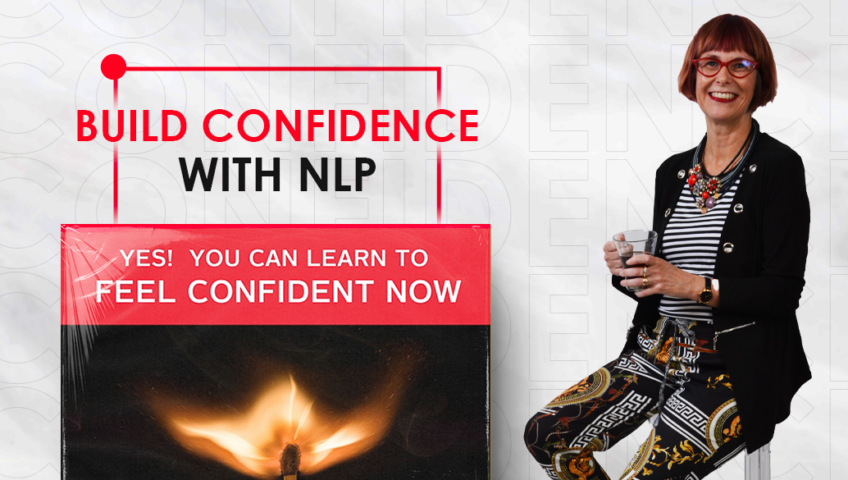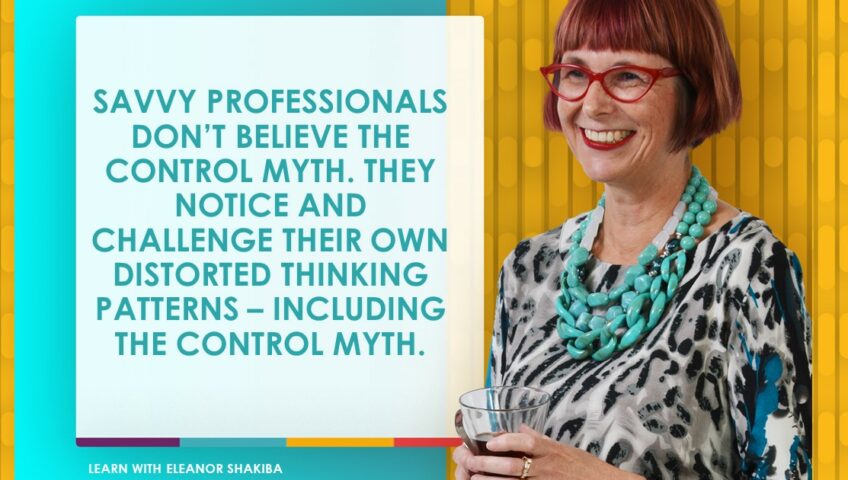People probably think of you more positively than you think of yourself. A recent article on the Psychology Today website discusses this phenomenon and its potential implications for managers and business owners.
The article cites a study that found that people tend to view others more positively than they view themselves. This is likely because you are your own harshest critics and you often focus on your flaws. As a result, you may underestimate how other people see us. This has important implications for those in leadership positions. If you don’t believe in yourself, it can be difficult to inspire others to do their best work. You need to be confident and optimistic if you want to lead others effectively.
One suggestion is to focus on your strengths rather than your weaknesses. Another suggestion is to practice self-compassion. When you make a mistake, be kind to yourself and learn from the experience. Self-confidence is an important quality for any leader, but it is especially important in today’s uncertain world. Leaders need to be positive and optimistic, even when things are tough. If you can learn to like and believe in yourself, you will be better equipped to lead others through challenging times.
When meeting someone for the first time, it is important to be aware of their body language and to act in a way that makes them feel comfortable. It is also important to be genuine and authentic in one’s interactions, as this will make others more likely to like and trust you.
Free e-book and video tips.Get your copy today!
|
|
Negative self-talk can lead to employees feeling insecure and anxious, while positive self-talk can lead to employees feeling empowered and motivated. Managers should also be mindful of the way they deliver feedback. Giving feedback in a way that focuses on the employee’s strengths rather than their weaknesses will be more motivating and encourage them to continue growing and developing their skills. By paying attention to both positive and negative feedback, you can learn from both kinds of information. And by focusing on your strengths rather than your weaknesses, you can increase your self-confidence and improve your relationships with others.
Find out more in the original article here: https://www-psychologytoday-com.cdn.ampproject.org/c/s/www.psychologytoday.com/us/blog/happy-trails/202209/why-people-probably-you-more-you-think?amp
This article summary was created by Eleanor Shakiba
Eleanor is a leadership trainer, success coach and people skills expert. She helps managers and business owners build thriving teams and organisations, using tools from Positive Psychology. She's trained more than 60,000 people during her career as a corporate trainer and professional development consultant. Her mission is inspiring talented people to become leaders who make a difference.

